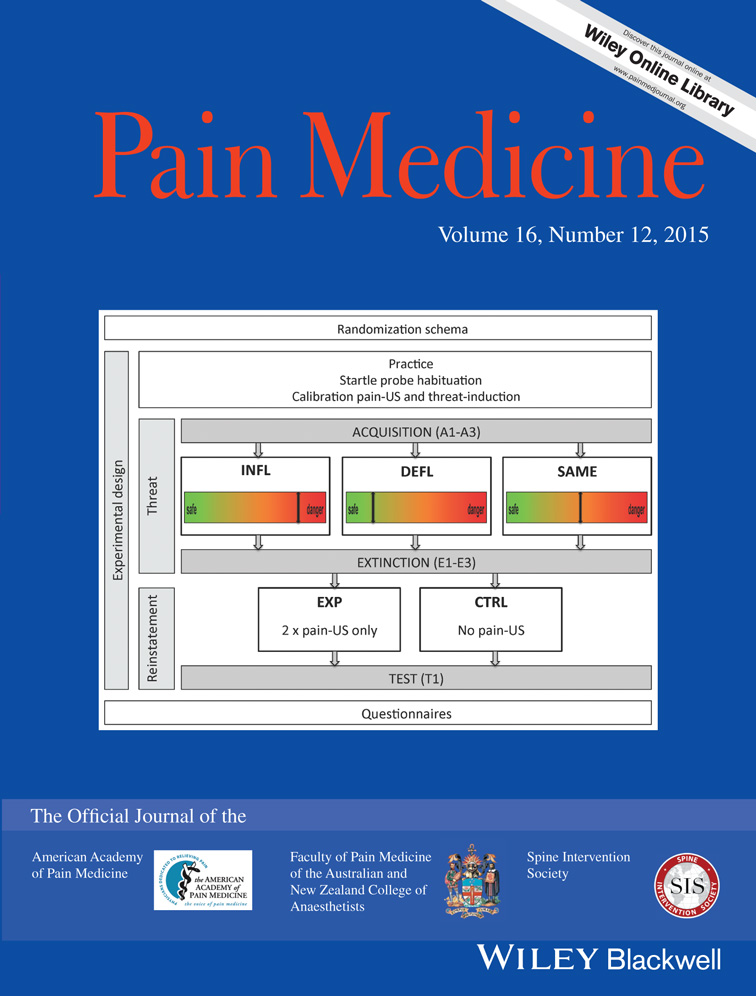
Continuous Neuroablative vs Pulsed Neuromodulative Radiofrequency for Advanced Knee OA Patients

Continuous Neuroablative vs Pulsed Neuromodulative Radiofrequency for Advanced Knee OA Patients
A Randomized Controlled Trial to Compare Analgesia and Functional Improvement After Continuous Neuroablative and Pulsed Neuromodulative Radiofrequency Treatment of the Genicular Nerves in Patients with Knee Osteoarthritis up to One Year After the Intervention
Pain Med. 2021 Mar 18; 22(3):637-652.Synopsis
Two hundred and sixteen patients suffering from chronic pain due to advanced knee osteoarthritis (grade 3 and 4 according to the Kellgren-Lawrence Scale) were randomized to receive continuous neuroablative radiofrequency (CNARF; n=108) or pulsed neuromodulative radiofrequency (PNMRF; n=108). The primary outcome of interest is pain measured using the visual analogue scale (VAS) at 1, 6, and 12 mont...
To view the full content, login to your account,
or start your 30-day FREE Trial today.
FREE TRIAL
LOGIN
Forgot Password?
Explore some of our unlocked ACE Reports below!

Learn about our AI Driven
High Impact Search Feature
Our AI driven High Impact metric calculates the impact an article will have by considering both the publishing journal and the content of the article itself. Built using the latest advances in natural language processing, OE High Impact predicts an article’s future number of citations better than impact factor alone.
Continue



 LOGIN
LOGIN

Join the Conversation
Please Login or Join to leave comments.